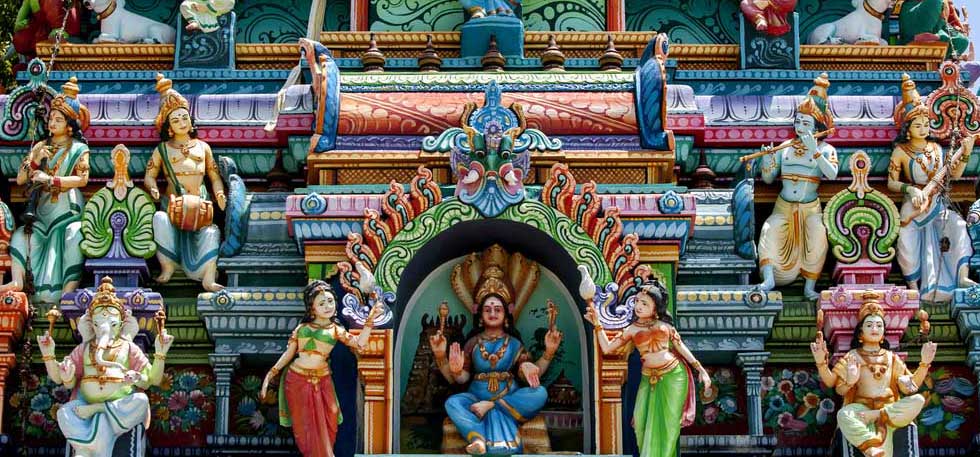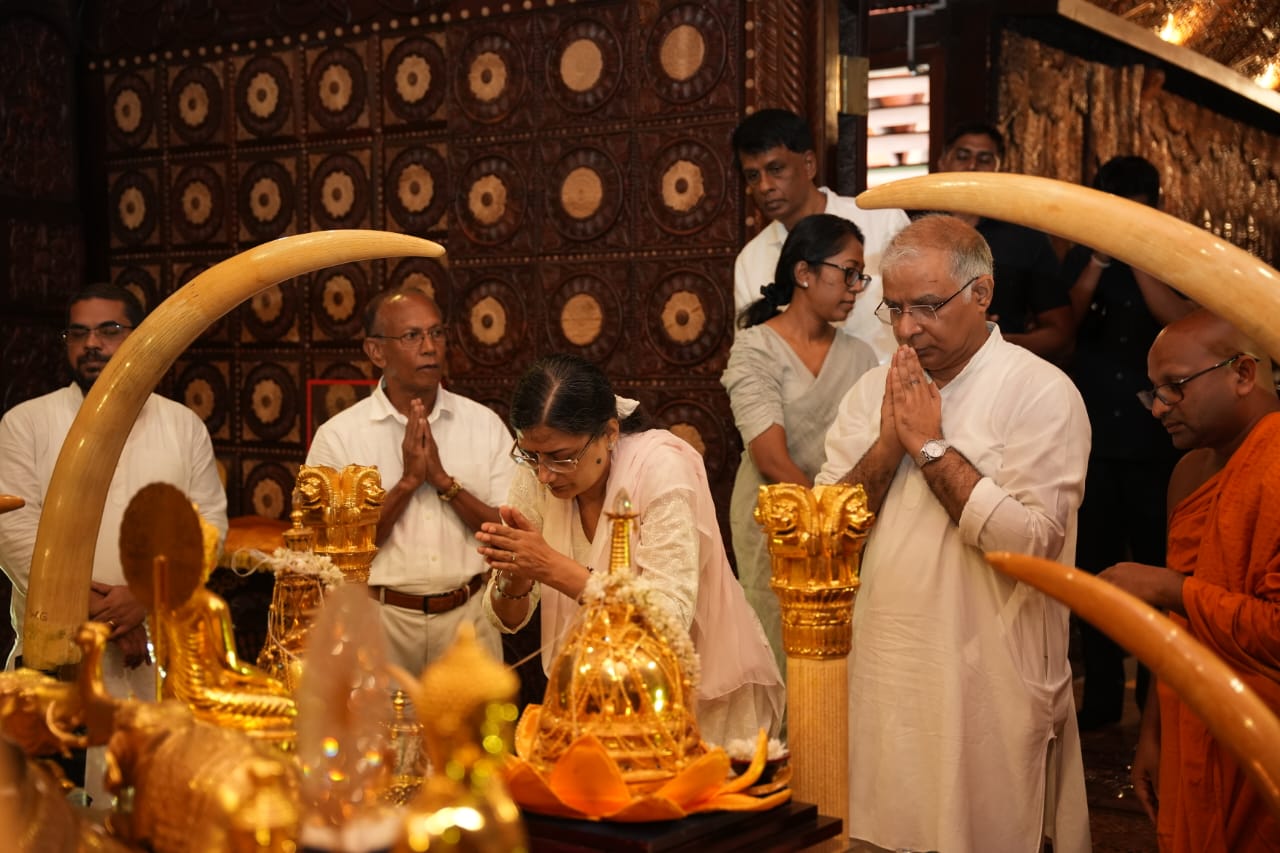
Religious and Spiritual Connections between Sri Lanka and India: Buddhism and Hinduism
Introduction:
Religion plays a significant role in shaping the cultural and spiritual fabric of societies. Sri Lanka and India have a long-standing religious and spiritual connection, with Buddhism and Hinduism being two prominent faiths practiced in both nations. This essay explores the religious and spiritual connections between Sri Lanka and India, focusing on the profound influence of Buddhism and Hinduism, their historical development, shared traditions, and the impact they have on the lives of people in both countries.
Historical Development of Buddhism:
Buddhism, founded by Siddhartha Gautama (Buddha), originated in India around the 6th century BCE and gradually spread to Sri Lanka. Emperor Ashoka’s conversion to Buddhism in the 3rd century BCE marked a significant turning point in its expansion. As Buddhism gained popularity in India, Sri Lanka embraced it wholeheartedly, becoming a stronghold of Theravada Buddhism, one of the oldest surviving branches of the faith.
The arrival of Buddhism in Sri Lanka:
Buddhism was introduced to Sri Lanka in the 3rd century BCE during the reign of King Devanampiya Tissa, following an encounter with the Indian Emperor Ashoka. The King’s conversion to Buddhism paved the way for the establishment of Buddhism as the state religion and its subsequent influence on Sri Lankan society, culture, and governance.
Buddhist Monastic Traditions:
The arrival of Buddhism in Sri Lanka brought with it the establishment of monastic communities known as “Sangha.” The Sangha became an integral part of Sri Lankan society, preserving and propagating Buddhist teachings, providing spiritual guidance, and nurturing a sense of moral discipline. Buddhist monasteries, known as “viharas,” served as centers of learning, meditation, and religious practices.
Buddhist Temples and Sacred Sites:
Sri Lanka is renowned for its Buddhist temples and sacred sites, attracting pilgrims and spiritual seekers from around the world. The Temple of the Tooth Relic in Kandy, which houses a relic of Buddha’s tooth, holds immense significance for Buddhists. Other notable sites include the ancient city of Anuradhapura, the Dambulla Cave Temple, and the sacred mountain of Adam’s Peak, each carrying deep religious and historical significance.
Influence of Hinduism in Sri Lanka:
While Buddhism is the dominant religion in Sri Lanka, Hinduism has also played a significant role in shaping the cultural landscape of the country. Hinduism, which originated in India, was introduced to Sri Lanka through Indian traders and immigrants. The Tamil population in Sri Lanka predominantly practices Hinduism and has contributed to the religious diversity and cultural richness of the island.
Shared Rituals and Practices:
Buddhism and Hinduism share certain rituals and practices that have become part of the religious fabric of Sri Lanka. The Vesak festival, which commemorates the birth, enlightenment, and passing of Buddha, is celebrated with great fervor in Sri Lanka, with illuminated streets, processions, and acts of merit. Similarly, Hindu festivals like Diwali, Thai Pongal, and Navaratri are observed by Hindus in Sri Lanka, showcasing shared cultural traditions and customs.
Interactions and Syncretism:
Over the centuries, Buddhism and Hinduism in Sri Lanka have influenced and assimilated elements from one another, leading to a syncretic blend of beliefs and practices. This syncretism is evident in rituals, folklore, and the worship of deities that transcend specific religious boundaries. For example, Hindu gods and goddesses are venerated in certain Buddhist temples, and elements of Buddhism can be found in Hindu rituals.
Pilgrimage and Spiritual Tourism:
The religious and spiritual connections between Sri Lanka and India have fostered a thriving pilgrimage and spiritual tourism industry. Buddhists from Sri Lanka often travel to India to visit sacred Buddhist sites such as Bodh Gaya, Sarnath, and Kushinagar, where significant events in Buddha’s life unfolded. Likewise, Indian Hindus visit Sri Lanka to seek blessings at revered Hindu temples like the Koneswaram Temple in Trincomalee and the Nallur Kandaswamy Kovil in Jaffna.
Cultural Exchange and Understanding:
The religious and spiritual connections between Sri Lanka and India have not only influenced the religious landscape but also facilitated cultural exchange and understanding. Interactions between Buddhist and Hindu communities have created opportunities for dialogue, tolerance, and appreciation of each other’s traditions. Festivals, religious processions, and interfaith gatherings serve as platforms for promoting harmony and fostering peaceful coexistence.
Socio-political Influence:
Buddhism and Hinduism have had a profound impact on the socio-political fabric of Sri Lanka and India. In Sri Lanka, Buddhism enjoys official recognition and state patronage, shaping legislation, education, and governance. Hinduism, on the other hand, has influenced Tamil’s cultural and political identity, contributing to the diversity of India’s religious landscape.
Conclusion:
The religious and spiritual connections between Sri Lanka and India, primarily through Buddhism and Hinduism, have significantly influenced the cultural, social, and historical development of both nations. The arrival of Buddhism in Sri Lanka and its subsequent assimilation with local traditions have shaped the island’s identity and spirituality. Hinduism, brought by Indian immigrants, has added to the religious diversity and cultural richness of Sri Lanka. The shared rituals, pilgrimage sites, and cultural exchange have fostered understanding and appreciation between Buddhists and Hindus. These religious and spiritual connections serve as bridges, promoting intercultural dialogue, tolerance, and peaceful coexistence. Through the exploration of these shared religious traditions, Sri Lanka and India can continue to strengthen their cultural bonds, enhance bilateral ties, and celebrate the religious and spiritual diversity that enriches both nations.



